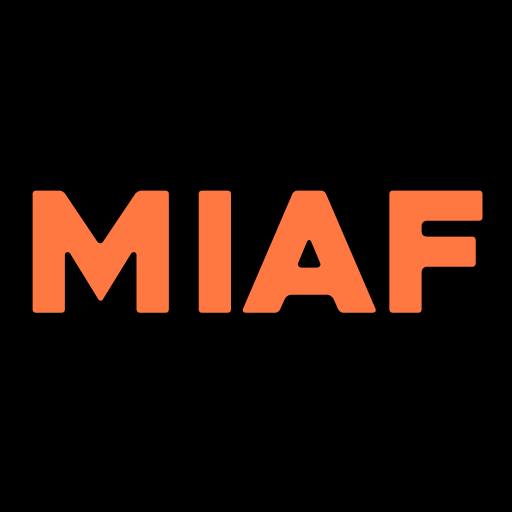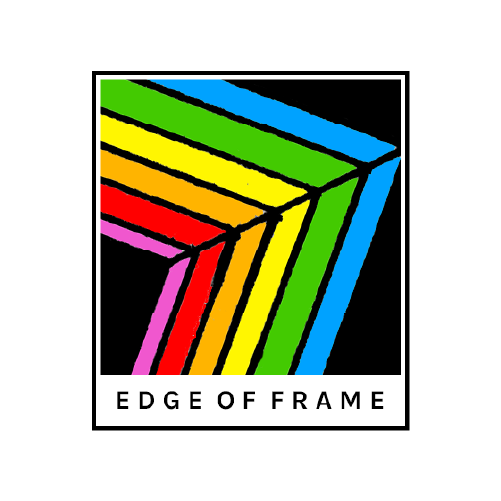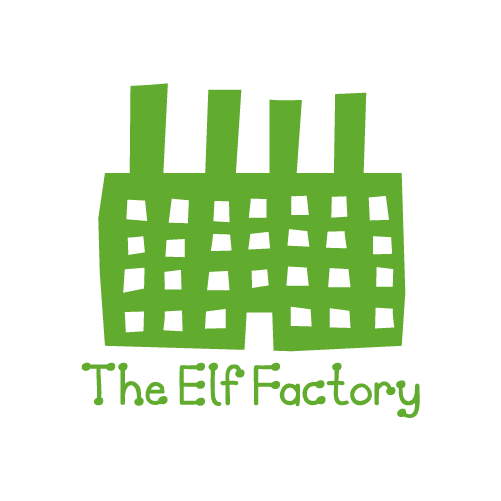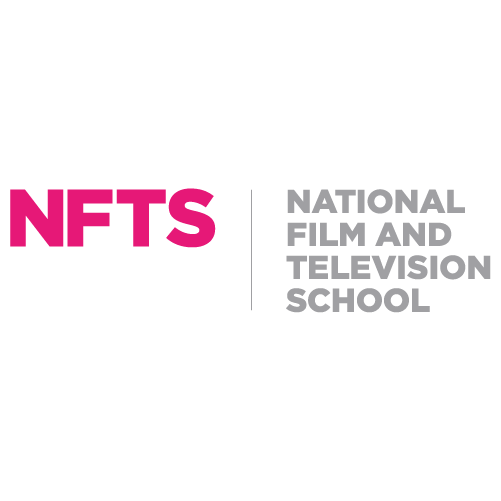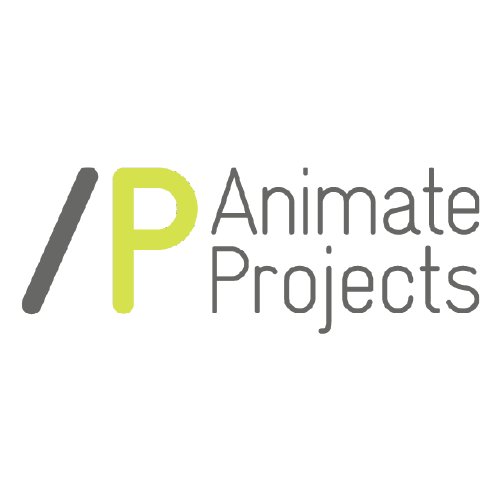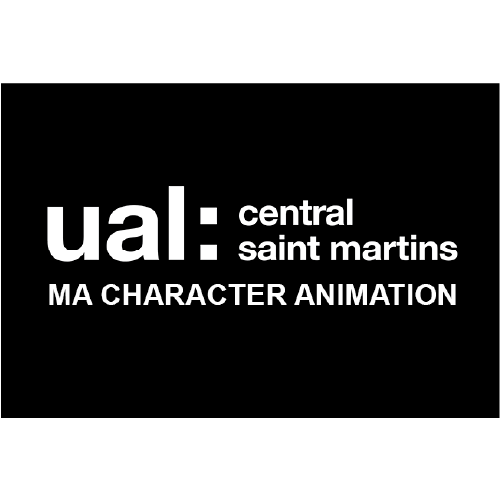
A sneak-peak article from our annual catalogue on Punto y Raya Festival, featuring an interview with one half of the festival organising powerhouse duo – Noel Palazzo.
You can find out more about Noel and Ana Santos (the other half of said mighty duo) at Abstract Art in Motion: The Best of the Punto Y Raya Festival + Q&A with organisers Noel Palazzo & Ana Santos and Fine Film – Painting on Moving Canvas (a talk by Noel Palazzo & Ana Santos organisers of the Punto Y Raya Festival, Barcelona)
The MADness of Punto y Raya
The Punto y Raya Festival is a truly remarkable event. Now celebrating 10 years in existence, Punto y Raya (which translates to “dots and lines” in English) is one of the boldest, most energetic proponents of abstract animation in its purest form. “Nothing representational” is the battle cry that defines the ethos of the festival and the work it celebrates.
Even its structure and organisational logistics have a certain abstractness to them. It is a roaming festival with no particular home and no fixed screening dates or even programme structure. The first Punto y Raya was held in Madrid in 2007. Six more have followed at irregular intervals: Barcelona (2009), Madrid again (2011), Barcelona again (2012), Reykjavik (2014), back to Madrid (2015) and Karlsruhe in Germany (2016).
Punto y Raya was established by the Barcelona-based non-profit organisation MAD (Moviment d’Alliberament Digital), a small collective who see themselves as some sort of combination of creatively optimistic change-agents and non-threatening artistic provocateurs. MAD’s agenda was (and is) to engage in a form of social engineering through developing projects involving art, science and technology.
After curating several experimental film and animation programmes for various institutions, they wanted to organise something radical and challenging that would appeal to the artists’ creativity and sense of humour. At heart, they wanted to construct a kind of creative context to share and enjoy films that are rarely seen anywhere else.
Increasingly numbed by the headlong rush to use computers to recreate ultra-realistic copies of representational visuality and deeply influenced by the works of earlier film pioneers, in 2007 they developed Punto y Raya as a way to go back to basics and reflect upon the essence of pure form, colour and motion. The invitation was quite clear: ‘No representation! Only dots and lines.’
Although every Punto y Raya festival utilises the passions, talents and skills of a range of people, the permanently crewed engine room of MAD consists of just two boundlessly energetic women, Noel Palazzo and Ana Santos. Ahead of their journey to LIAF to introduce the very special “Best of Punto y Raya” programme, we asked Noel to reflect on a decade of MADness, the gyrating trajectory of Punto y Raya and the state of abstract animation.
A taste of ‘Abstract Art in Motion’
What do you remember about the very first PyR Festival?
I remember how difficult it was to convey what the festival was about, and what we wanted to achieve with it. Usually, the first reaction would be an incontrollable burst of laughter. Or a giggle (and no, I’m not kidding). After a few seconds we would get an incipient smile accompanied by something like “But why?”.
We weren’t trying to reinvent the wheel here; we just wanted to bring back the spirit of Absolute Cinema and Visual Music, sensitise new audiences, and boost the creation of films in this genre. We were VERY lucky to find kindred spirits at La Casa Encendida (Madrid), who felt that our project fell within the scope of their innovative programming. To this day we are grateful for their unconditional support.
The proposal in our first call for entries (distributed entirely via the internet) went something like: “No representation, only dots and lines. Can you take it?” We thought it was simple, challenging and funny. To our amazement, we received near 90 films from 20 countries. The participants turned out to be animation students, renowned animators, filmmakers, video-artists, special FX designers, scientists, architects, composers, VJ’s, anthropologists and graphic designers. It looked like we had something special going on.
What are the advantages and disadvantages of staging a festival in a different place every time?
One of the biggest disadvantages is that you need to engage the local audiences in a project that’s usually new to them. But where there’s a challenge, there is the joy of overcoming it. This system forces us to partner with different people and institutions each time, so we are constantly learning new ways of doing and communicating things.
We strongly believe that this “wandering” model also allows us to prove that we do speak a universal language, and that anybody in our community will feel at home wherever we go. And of course, it’s a well known fact that the participating artists love to meet and share their works in a different city each time. I personally think that the experience of sharing a universal language is enhanced when the reality outside is foreign in some way.
What is it that fascinates you about abstract animation?
You cannot convey what the work is really about, even if you’ve been studying it for decades. It’s art that needs to be experienced, and it’s therefore new every time you see it, and different for everyone.
It also demands a very active attitude from the viewer, raising him/her almost to the status of co-creator. We are often asked “But I don’t get it… What does the artist mean by all this?” One of the main issues we deal with when presenting these type of works is that people think that there must be a point to it, a “hidden message”, a “secret meaning” that they fear they’re not really grasping.
I would argue that if these artists wanted to convey a clear message for you to understand, they wouldn’t be doing it through abstract films. In this artform, expression reigns over communication, even in the most calculated pieces. Most of these artists seek to build new worlds, with their own grammar and sets of rules, regardless of how whimsical they may be.
These worlds invite viewers to abandon him/herself to an intimate and unique experience. So I feel it’s important for the viewers to, first of all, trust the authors. A tacit pact is sealed: this work won’t give you anything you don’t want to receive. It won’t suggest anything you don’t wish to discover. Just as every artist is different, every viewer is different. They are free to use their hearts, their minds, their guts to approach these types of works in the way they want. But I think there are a couple of hints that might help ‘newbies’ have a more fulfilling experience: Expect nothing. Trust the author.
What are you looking for in a film that screens in PyR?
Like in any other field (I would assume) we are looking for innovation. We want to be surprised. We want to be moved. We want to discover new things about ourselves and the world around us.
We are looking for new experiences in a genre that, due to its simple limitations, is -in principle- limitless. And we seek those films that will help us prove this idea.
The innovation could be in the applied technique, the form and execution of the piece, or its conceptualisation… it doesn’t really matter. The piece needs to bring something new to the table, something we haven’t seen before and which will hopefully inspire our artists and audiences as much as they’ve inspired us.
Do you think there are ‘grey areas’ between ‘representational’ and ‘non-representational’ animation?
Of course. There are ‘grey areas’ in everything, right? There are many works ‘starred’ by dots and lines where you can actually sense all the major elements of a narrative plot, such as character development, conflict and climax. And the other way round, there are some works created from representational imagery (tree branches, shiny objects, carpets and other textures) which, because of the way they have been captured or stylised, soon become void of representational connotations and turn into simple colours and shapes. But WHERE is that elusive line?!
I think this is a very important issue. During a recent presentation I’ve been asked why we allow artists to use well-known musical pieces for their works, like famous compositions by Bach or Mendelssohn. These pieces might arouse memories in the viewer related to his/her own experience, like watching Saturday morning cartoons as a kid, for example, that the creator couldn’t possibly anticipate. The “abstract” character of the piece would thus be dwarfed, correct?
Let’s put it this way: what is actually IN the film that is not part of your cultural baggage somehow? Where do you draw the line between what’s purely IN the film and not in your head or heart? For example, couldn’t we argue that this particular Mendelssohn piece was performed by a real piano? A very concrete object that I can picture in my mind as I listen to it? Does the fact that there are instruments and musicians behind every note define where the music itself begins or ends?
Even better: what is Colour? Let’s consider for a moment those well-known cases of people who feel dizzy at the sight of red. Or the number five is brought to mind when seeing a yellow surface. The pure colour, devoid of any particular form, can be loaded with connotations for them.
So to answer your question: there is a line between representation and non-representation in any type of artwork. The difference is that, in abstract art, we (both creators and viewers) have the most freedom to shift this line back and forth, either consciously or not. This private, intimate freedom makes every viewer perceive something completely different when watching the same film.
As wonderful as this may sound, it is unfortunately a double-edged sword, as some people need to be validated by others in their opinions. Thus, they’d rather go for more mainstream genres, where the illusion of control and meaning seem clearer and therefore, more reassuring.
What would you say about the general perceptions of abstract animation in the wider world?
Abstract animation is everywhere now. Take a look at the graphics in the 9 o’clock news. Infomercials for any type of product, live concerts, fashion shows, mapping… you name it.
People all over the world watch abstract animation every day without realising it. But as everywhere else, context is key. I believe everybody can appreciate and enjoy abstract film if –as I mentioned earlier- they are willing to trust the artist and give in to the experience, if they are willing to discover instead of just expecting to receive.
Do you have any changes or developments planned for PyR?
We are currently developing PyR TV, an online platform devoted to Abstract Art in Motion, which will allow us to showcase films, interviews and other related material 24/7. Bringing together artists, researchers and fans, we want the platform to act as the most complete online launch and distribution platform in the genre.
What do you think are the main contributions that PyR makes to the world of abstract animation?
I think that our main contribution is that we managed to agglutinate the greatest community of artists and fans of the genre worldwide. We feel that we provide a great context for these works to be perceived and appreciated as they deserve. Creators also feel motivated to continue developing their explorations, as we provide these meeting points with other artists and bring their works closer to ever increasing audiences.
We also know that there are many potential creators in the audience, who just need a friendly nudge to start experimenting in the genre. This is a wonderful gift for us, and one of the major reasons why we want the festival to travel the world and reach wider audiences.
Righto then… London, it’s your turn now!




